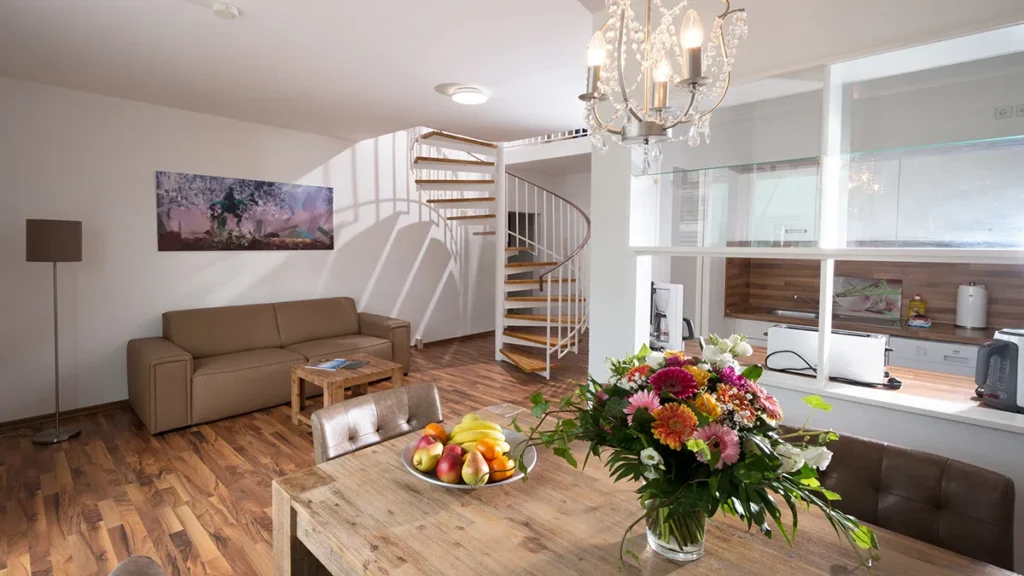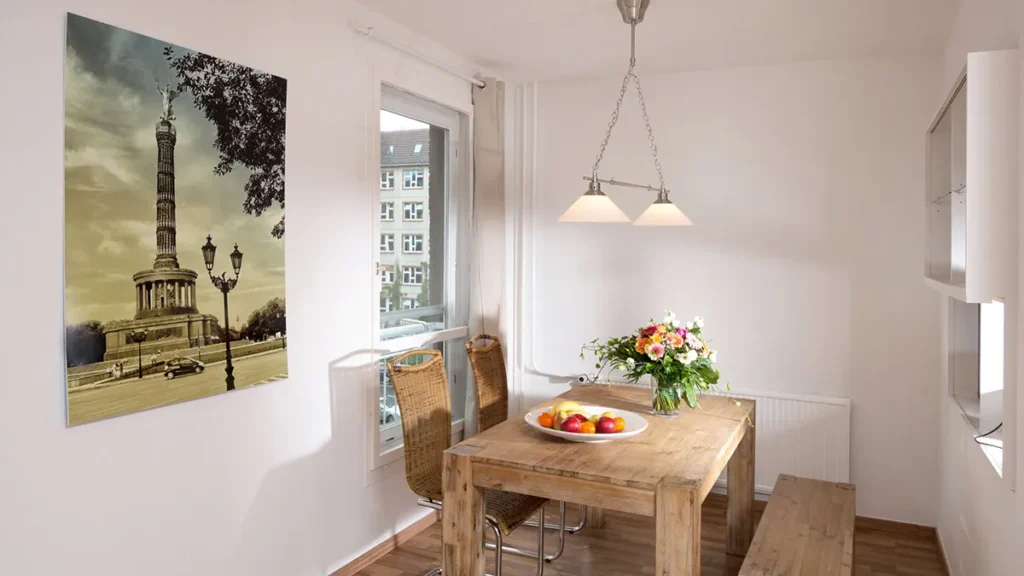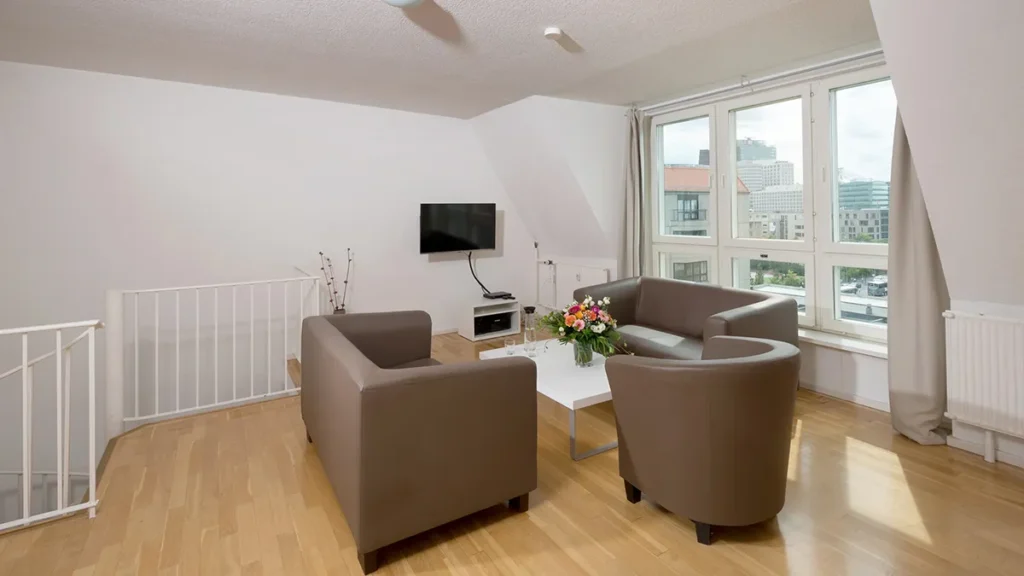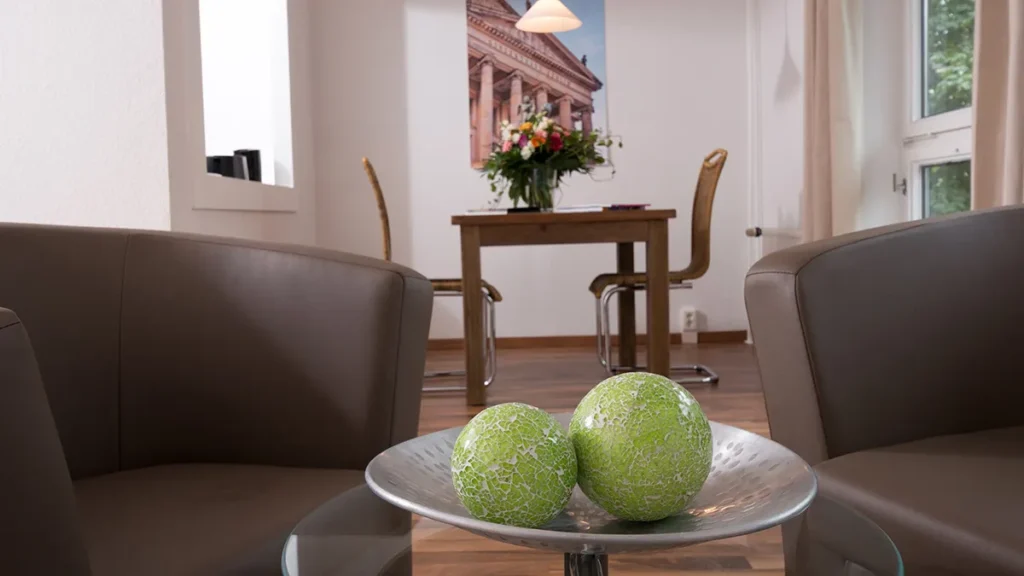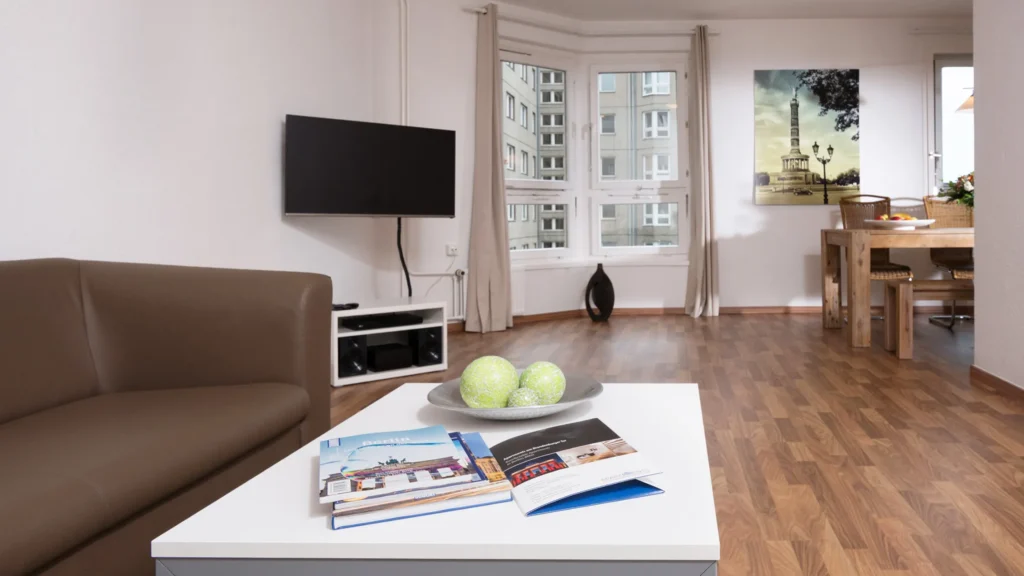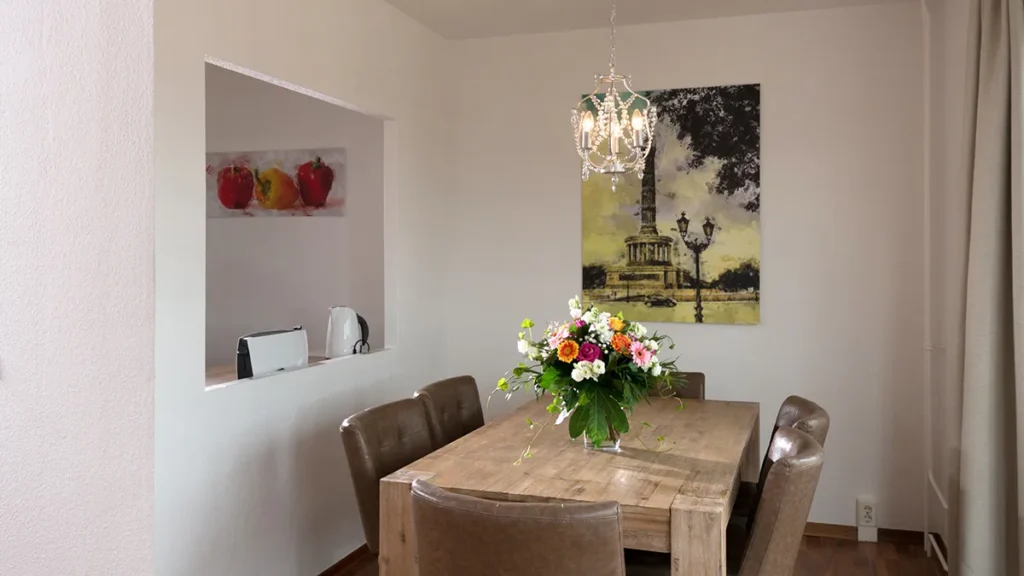The Schlossbrücke (Palace Bridge) could well be easily overlooked, given the array of majestic buildings and attractions near it, but it has a highly significant role to play in the history of Berlin’s architecture. This is primarily due to the renowned architect and urban planner Karl Friedrich Schinkel, who is the man behind both the bridge and various other buildings in Berlin and Brandenburg: his designs shape Berlin-Mitte’s skyline to this day.
Before this bridge was built, there was a wooden crossing (known as the Hundebrücke) over the River Spree at this point. The construction of the modern-day Schlossbrücke began in 1821 and was completed in 1824. The three arches of the Schlossbrücke bridge span the western branch of the River Spree, and its decorative sculptures and historic balustrades make for a particularly eye-catching sight. The marble figures on its pillars were crafted by eight sculptors and depict the life of a hero. Schinkel, a master builder, died before they were finished and did not live to see the bridge completed by the addition of these figures.
The bridge was seriously damaged during World War Two, but the figures were spared, as they had been moved in 1943.
In the course of the demolition of Berlin Palace, the bridge was renamed ‘Marx-Engels-Brücke’ on 1 May 1951. At this time, however, some of the figures were still in storage in West Berlin. To mark the 140th anniversary of Schinkel’s death, the figures were returned to East Berlin in 1981 so the bridge could be restored to its original state. Its name was changed back to ‘Schlossbrücke’ on 3 October 1991, the first anniversary of reunification.
